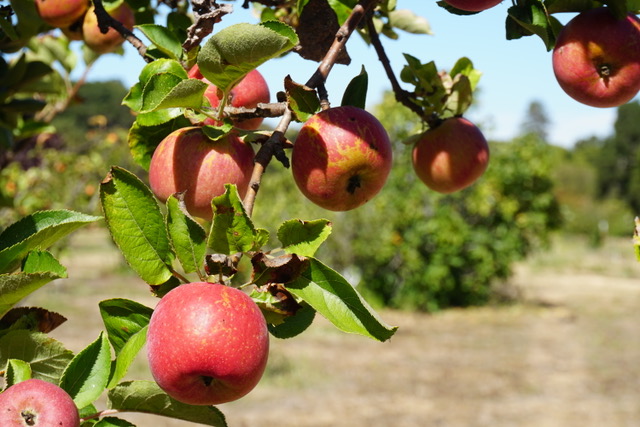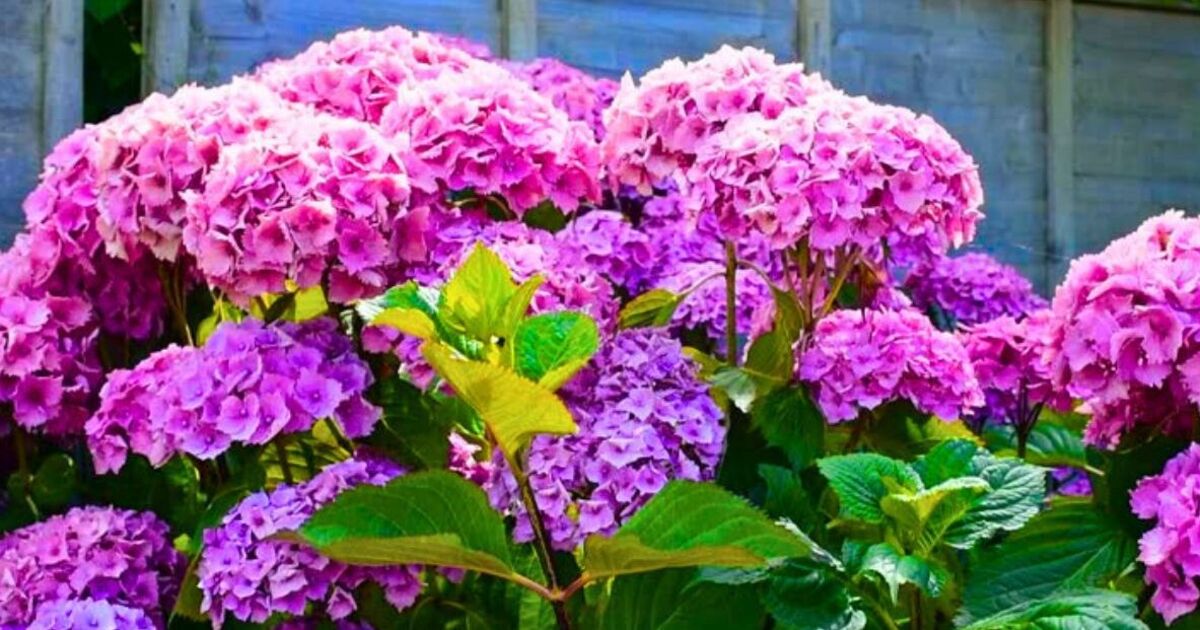With the shift to fall weather, many green thumbs may begin to wonder how to prepare their garden for the cold season and how to fully leverage the advantages that this season provides for certain types of vegetation. As the gardening season evolves, it’s important to prepare, preserve and potentially even enhance your soil ahead of the dormant winter months.
As we find ourselves pulling out remnants of summer growth, it’s essential that the garden’s soil is replenished and prepared for winter. After harvesting the remains of the summer crops, consider using amendments such as blood meal, alfalfa pellets, or fish emulsion to restore the nitrogen in the soil. Nitrogen is crucial for plant growth and development, and because plants absorb nitrogen from the soil, it often needs to be replaced for subsequent growth.
For idle areas of the garden not planted for winter, protection is still needed to maintain soil life and thwart soil erosion. Options include cover crops, which can break up soil and infuse it with vital nitrogen if they are legumes like fava beans. Mulches are also effective as they can retain moisture, moderate soil temperature, and help combat weed germination. Organic mulches like leaves, wood chips, or straw add valuable nutrients to the soil as they slowly break down.
Moving into October, it becomes an exciting period for garden activities. This is the perfect time to plant winter vegetables for them to establish ahead of the cooler weather and declining daylight hours. Leafy greens such as lettuce, arugula, spinach, and kale, along with fast growers like radishes and cilantro, are fantastic candidates for this time of the year.
October is also a ripe period for harvesting persimmons. These fruits typically turn a vibrant shade of orange when ripe and can be enjoyed raw or cooked. For gardeners looking to protect their persimmons from bird and squirrel marauders, it’s recommended to wrap the tree with bird netting or cover it in a structure made with chicken wire before the fruits hit their ripe peak.
The extended fall season offers a prime window to plant trees, shrubs, bulbs, garlic, and shallots. For trees and shrubs, it’s recommended to avoid amending the soil in the hole, as it can lead to soil moisture inconsistencies that discourage root growth into the native soil.
Autumn is also a unique period for planting ornamentals that thrive in a Mediterranean climate — characterized by warm summers and mild winters. Cool-season flowers can now take root, and in the case of dormant summer plants, they get to rejuvenate in favorable conditions.
Remember, while the focus may be on planting, this is also a time for cleanup. Habitual clearing of dead or dying plants, especially those diseased, can help prevent overwintering insects and diseases. Fallen leaves offer nourishing value to the soil as they decompose and return nutrients, so unless they’re diseased, they’re better left in place.
Finally, in the spirit of Halloween, consider encouraging the presence of spiders around your garden. Spiders prey on insects and other pests and thus serve as a beneficial presence. And fear not, as the widespread myth that spiders are a threat to humans is largely unfounded — even the venomous ones like the widow spiders are shy, live in dark places, and are unlikely to bite unless seriously provoked.
Gardening is a timeless pastime that brings solace, beauty, and a sense of achievement. With fall here, it’s also the time to readjust our methods, focusing on minimizing damage during the dormant winter season while maximizing the potential for an explosion of lush growth come spring.




